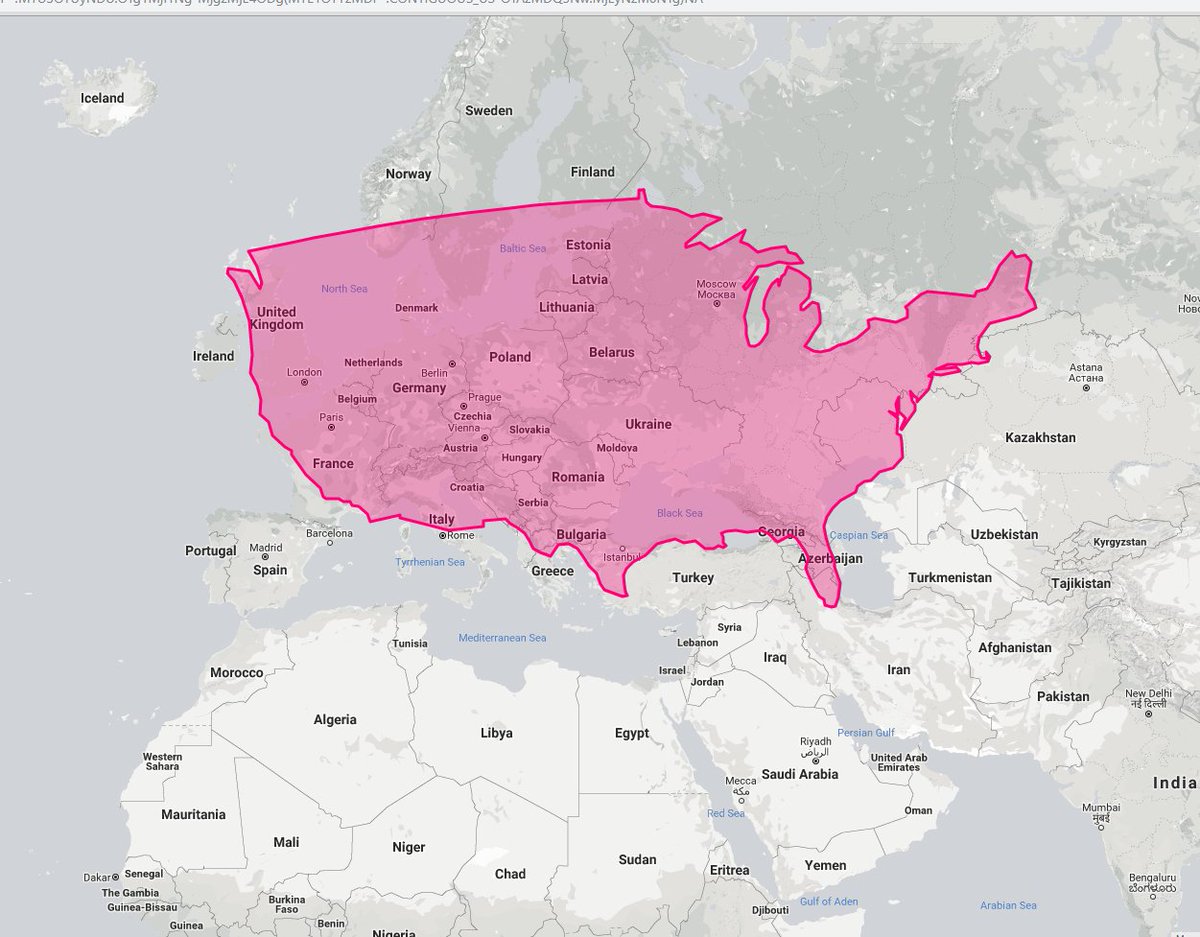All right, let's do this!
The dippers are part of larger constellations called Ursa Major and Ursa Minor.
Which tells you exactly how close Romans were able to successfully get to bears. :D
An extended fist is generally 10º (about the distance the sun travels in an hour). This means each clenched finger is about 15 minutes of solar travel. Very helpful for knowing how far off sunset is! I use this ALL THE TIME.
- An extended little finger (when arm is fully extended) is approximately 1º.
- If you hold out your three middle fingers, they total about 5º.
- An extended pinky to extended thumb is about 25º.
So... what's the point of knowing this?
Polaris’ distance above the ground is your latitude. You can now use your measuring tricks to find your latitude.
In Austin, we're at about 30ºN. When I lived in London, I was at 51.5ºN. It's a noticeable difference, to say the least.
Time to move on to... THE MOON.
Illustrations incoming!
I have a large window in my living room, which should be absolute hell in Texas. It's not -- b/c it faces south.
So, now to compasses.
(If it appears to point south, run the needle through the magnet the other direction)
You'll need to keep electronics at least a few feet away from the needle.
First up: solar drift
When the sun is high in the sky, it can be difficult to ascertain its movement. Set a stick in the ground (the longer, the better). Mark where the end of the shadow is.
Helpful if you are really, really turned around and if you have the patience to wait.
Taking a survey!
To take a survey, you set two sticks in the ground about a yard apart and line the tops of the sticks up so that a star is “set” on top of
This is why we have terms like "orienteering" and "to orient oneself."
america.aljazeera.com/opinions/2014/…
You'll find your way around a lot more easily, I bet.
Otherwise, I'd like to dedicate this story about finding your way through the world using the stars to the late, great @carrieffisher, our Eternal Space Mom and Giver of No Fucks.

























